Reviews
John S. Robertson
USA, 1929
Credits
Review by Jenny Jediny
Posted on 01 March 2009
Source TCM broadcast
Categories The Silence After Sound: Hollywood’s Last Silent Movies
Four years before she would utter her most famous phrase, “I want to be alone,” Greta Garbo would indicate something very similar via intertitles, informing a gentleman that she’d prefer to walk alone. In 1929’s The Single Standard, Garbo’s Arden Stuart vies with the double standards facing ladies of the Roaring Twenties; while devoted wives chatter with one another over tea and cards, their husbands cavort with bobbed young flappers and booze. In seeking autonomy, and perhaps real equality in love, Arden is briefly ahead of her time in The Single Standard, but ultimately the film fails its half-committed heroine and its audience.
Arden is supposedly a freethinker, but aside from the film’s entertaining opening, there’s little to convince us of her non-conformity. Observing tuxedoed husbands late at night, shooing their girlfriends away as they settle in for the night with their families, Arden is filled with glee, defiant at ever becoming the wife waiting up at home. First impetuously running off with the chauffeur (who suddenly commits suicide, with no explanation), Arden falls next for a wealthy artist, Packy Cannon and they sail the high seas on his yacht (the conveniently named “All Alone”). Packy eventually dumps Arden, with a stereotypical excuse of an inability to commit, and she quickly resigns herself to marriage with her childhood sweetheart, Tommy; inevitably, Packy returns, and Aden’s heart is torn between the two men.
Even recounting the plot - as threadbare as it is - of The Single Standard is tiresome, and while Garbo looks lovely, there’s little to recommend her character. It’s disappointing that the first playboy Arden encounters is the one she all too easily falls in love with, despite what might have been a brief – and quite glamorous – love affair. For all her philosophy on “love,” Arden then submits to marriage quite easily when it becomes her only way of avoiding scandal after her sojourn on the high seas. Clearly in 1929 (and for many years after), Hollywood and the ensuing Production Code would leave no choice in the third act for a married woman other than her family, but the paltry storyline in The Single Standard feels especially watered down in its portrayal of the “liberated” woman (with flapper culture and the women’s suffrage only a decade old, there had to be stronger spirits than Arden’s).
While The Single Standard retains some fame for its leading lady, it only serves as a reminder of Garbo’s real life liberalism, and the fascinating experiences it provided her; her long filmography features far more courageous creatures than Arden Stuart. However, it’s unfair to blame Arden entirely—all the characters in The Single Standard, both male and female, are barely memorable, only reinforcing the standards they weakly attempt to refute.
More The Silence After Sound: Hollywood’s Last Silent Movies
-
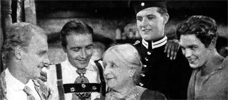
Four Sons
1928 -
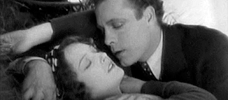
The Crowd
1928 -
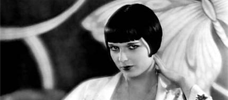
A Girl in Every Port
1928 -
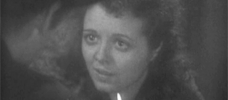
Street Angel
1928 -

The Patsy
1928 -
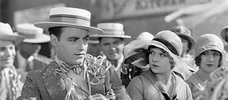
Lonesome
1928 -
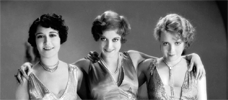
Our Dancing Daughters
1928 -
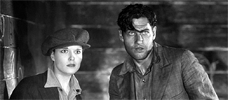
Beggars of Life
1928 -
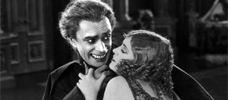
The Man Who Laughs
1928 -

The Docks of New York
1928 -
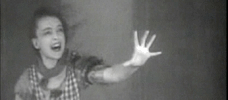
The Wind
1928 -
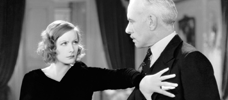
A Woman of Affairs
1928 -
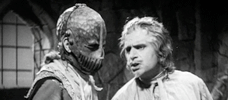
Iron Mask
1929 -
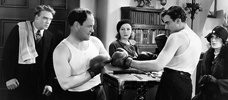
The Single Standard
1929 -

City Girl
1930 -

The Wedding March
1928
We don’t do comments anymore, but you may contact us here or find us on Twitter or Facebook.



